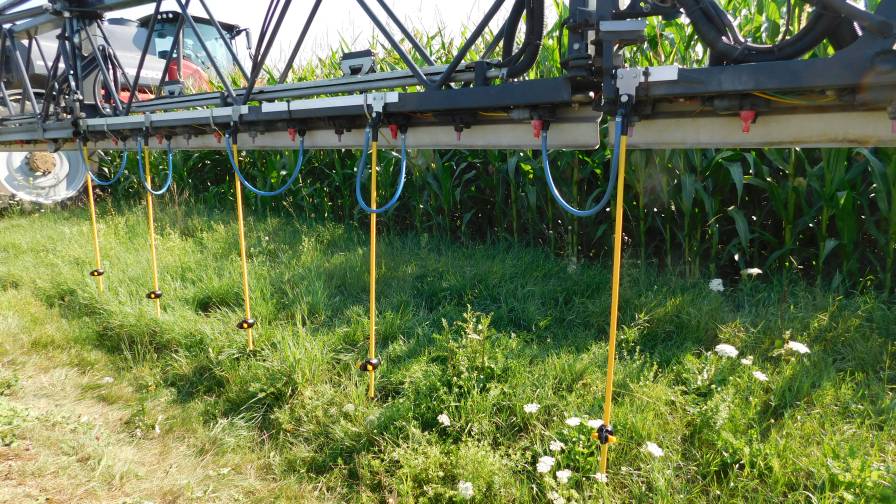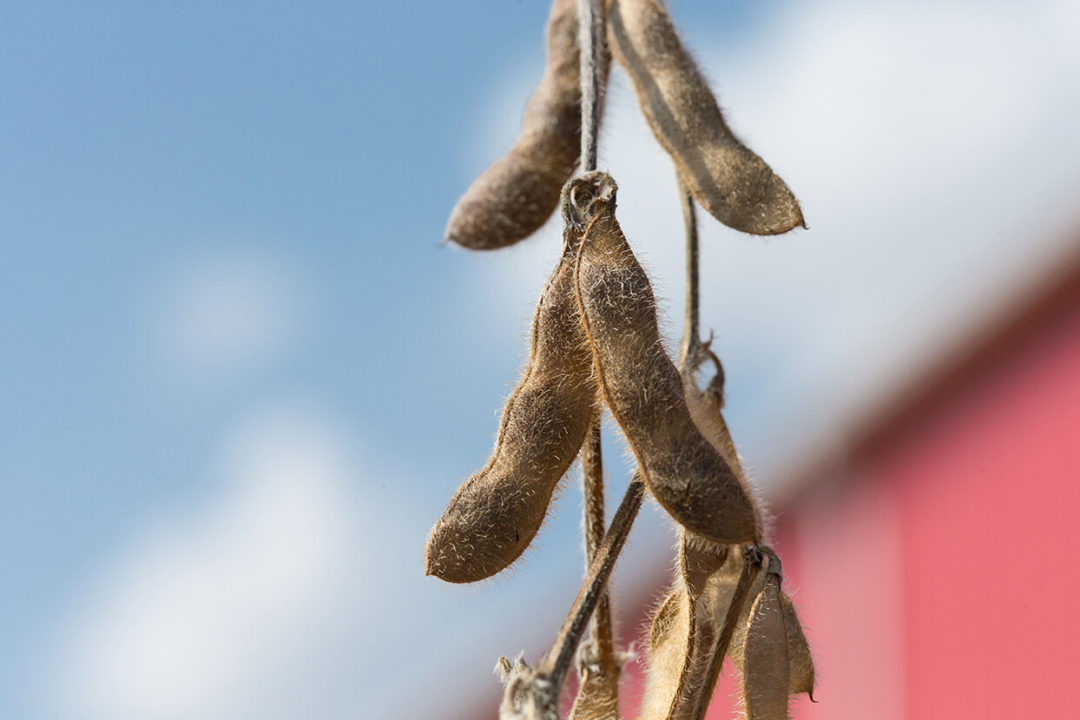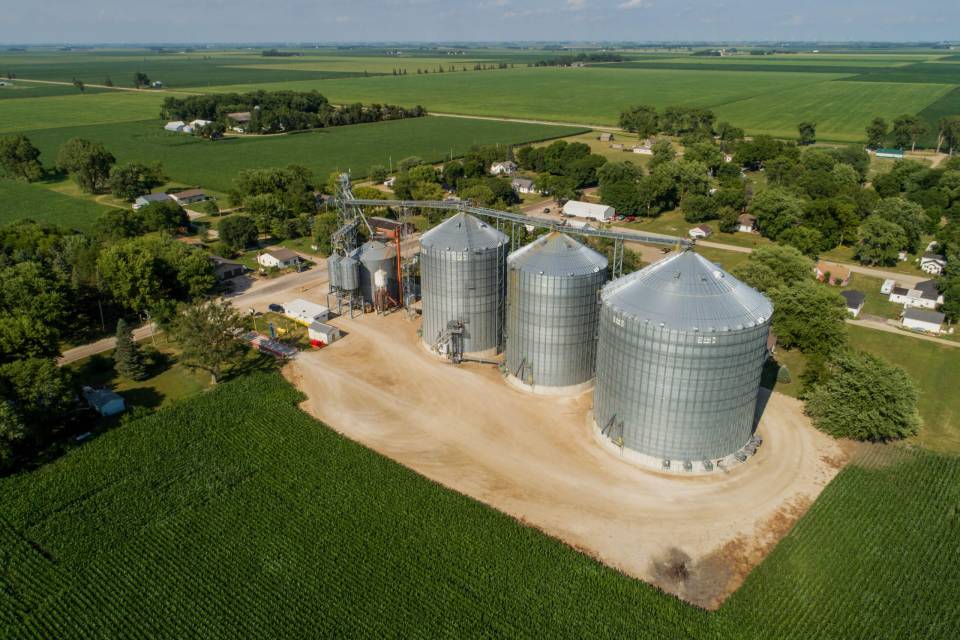Palmer Amaranth Identified In West-Central Illinois
Last week, a population of Palmer amaranth was identified growing in portions of a field in Cass County where no agronomic crop was planted.
A local farmer told University of Illinois associate professor of weed science Aaron Hager that the areas containing the plants were enrolled in the Conservation Reserve Program (CRP) and that earlier this spring, these areas had been seeded to provide vegetation cover.
“We do not know how these plants became established at this location,” Hager said. “As no other Palmer amaranth plants were observed in the vicinity, it is possible that the seeds were introduced when the field was seeded.”
Hager highly recommends removing Palmer amaranth plants as soon as possible. This weed species can be very problematic and can dramatically reduce crop yields. Its growth rate and competitive ability exceed that of most other pigweed species (including waterhemp). Female Palmer amaranth plants can produce abundant seeds, so it is advisable to remove them before they reach reproductive development.
He advises scouting for this weed in CRP fields that have been recently seeded to provide vegetative cover. Characteristics that can be used to distinguish Palmer amaranth from waterhemp include:
- The arrangement of upper leaves on larger Palmer amaranth plants gives the plants a poinsettia-like appearance when viewed from above.
- The leaves of Palmer amaranth are generally much larger and broader than the lanceolate leaves of waterhemp.
- Leaves sometimes have a white (or purple) V-shaped mark on the upper leaf surface.
- The petiole of mature leaves is very long, often two to three times the length of the leaf.
“If you would like assistance identifying plants you suspect might be Palmer amaranth, please let us know,” Hager said.






